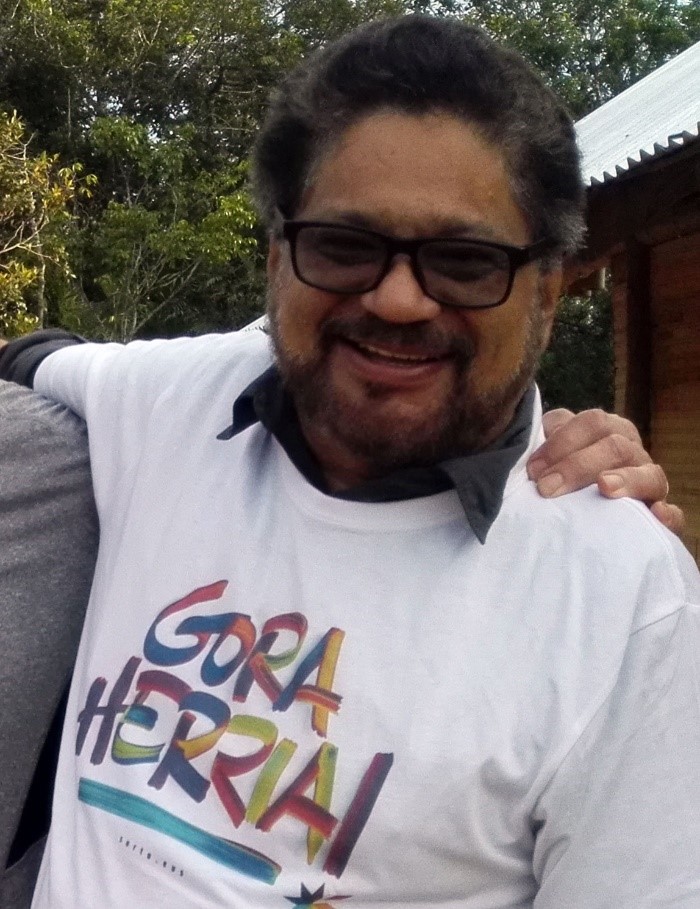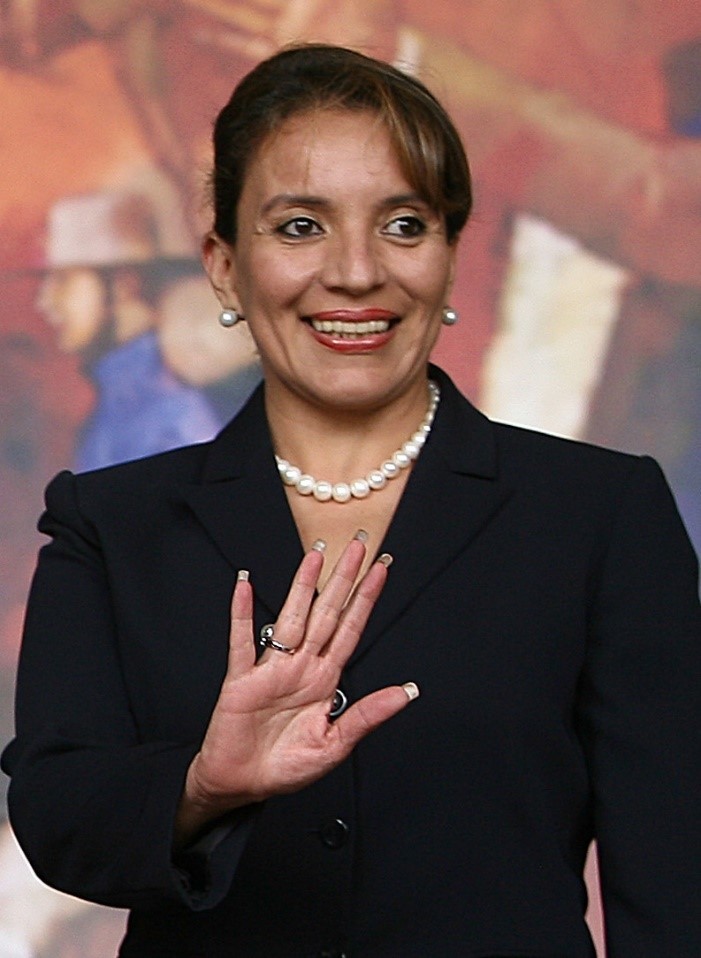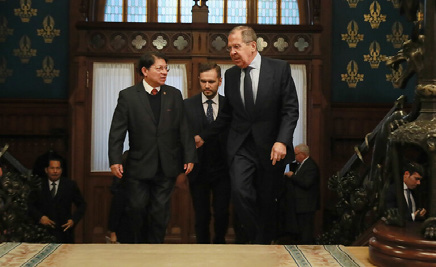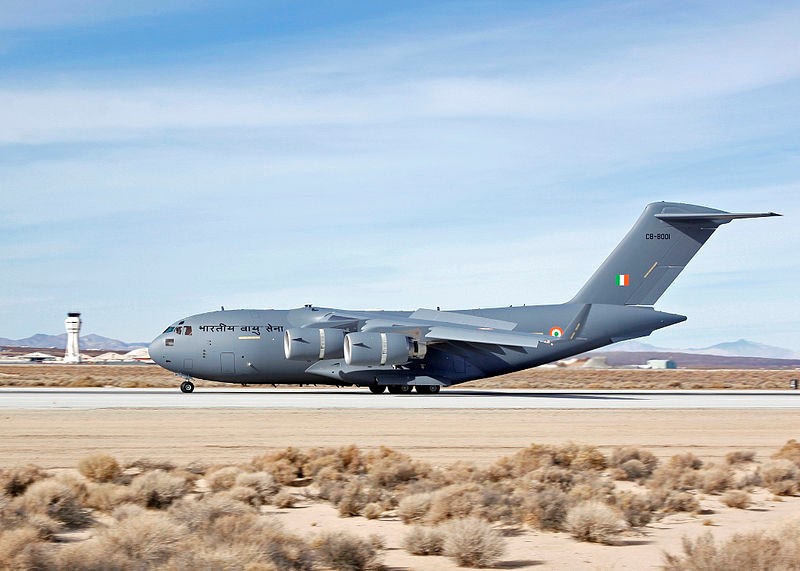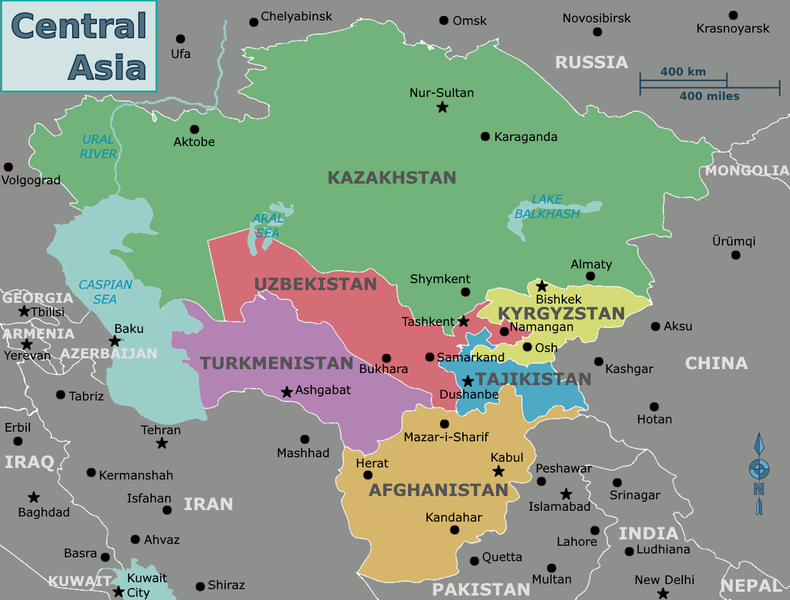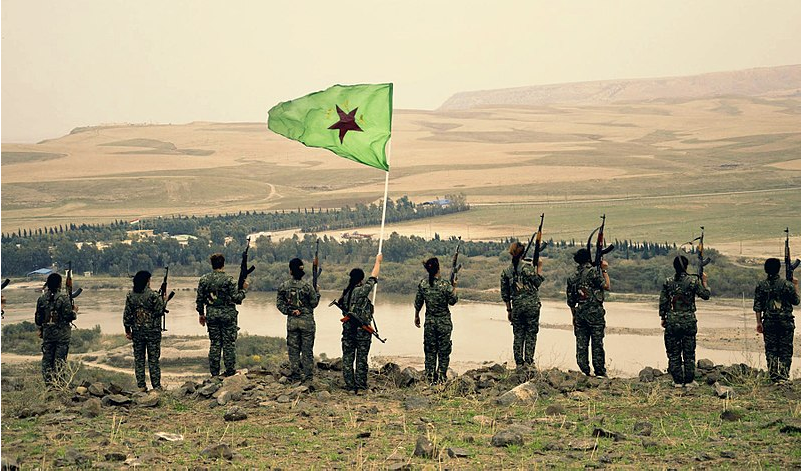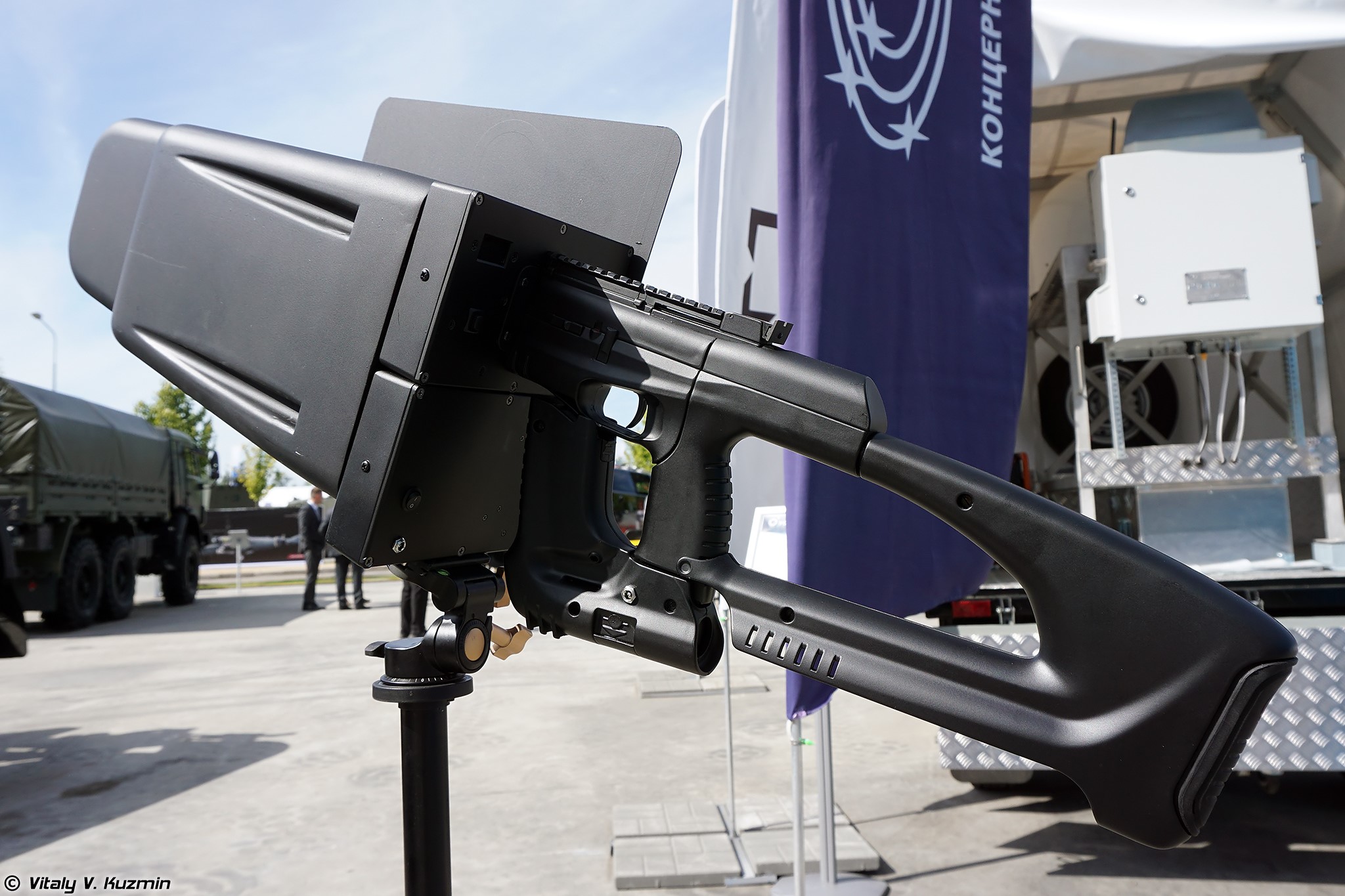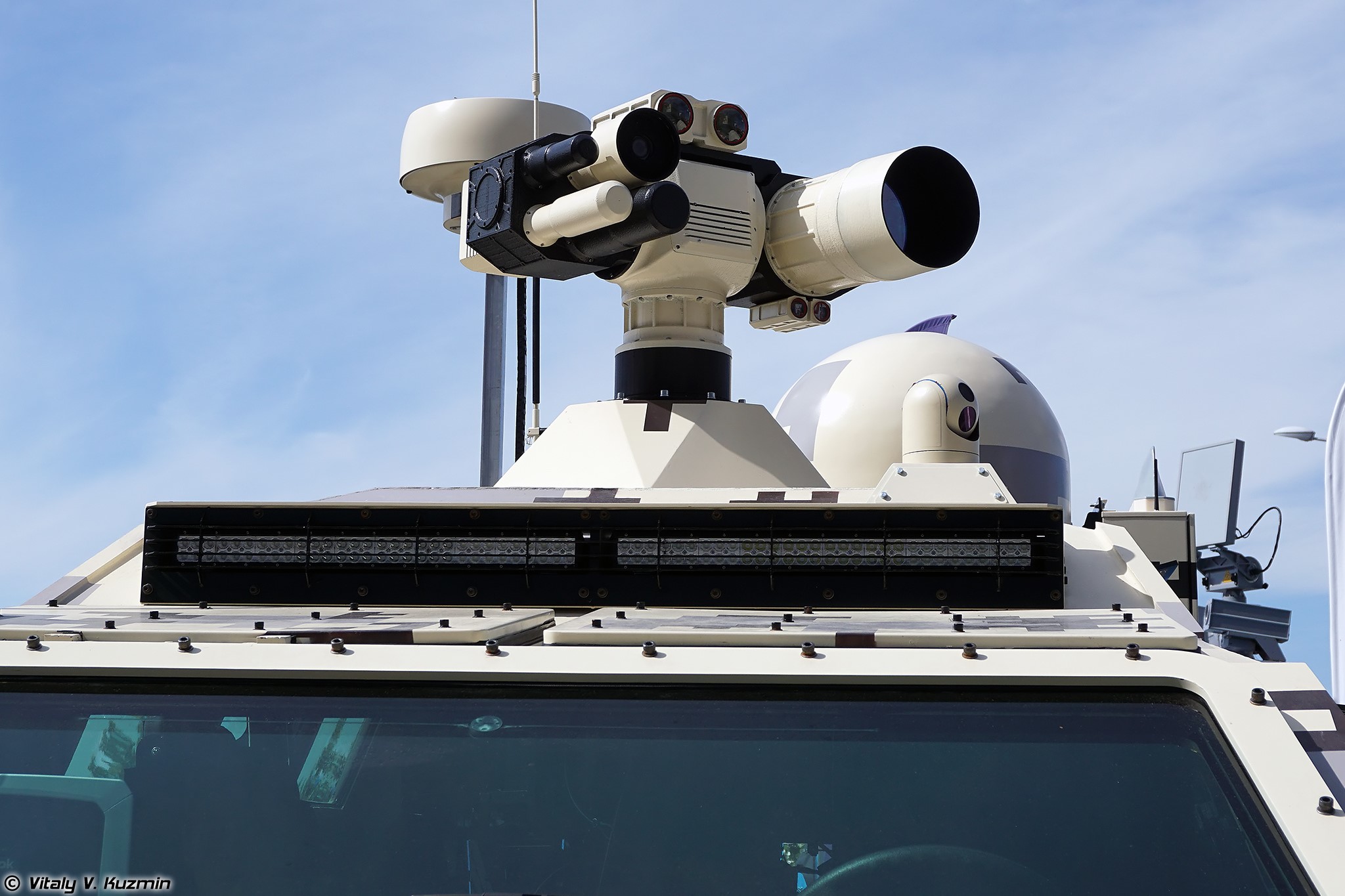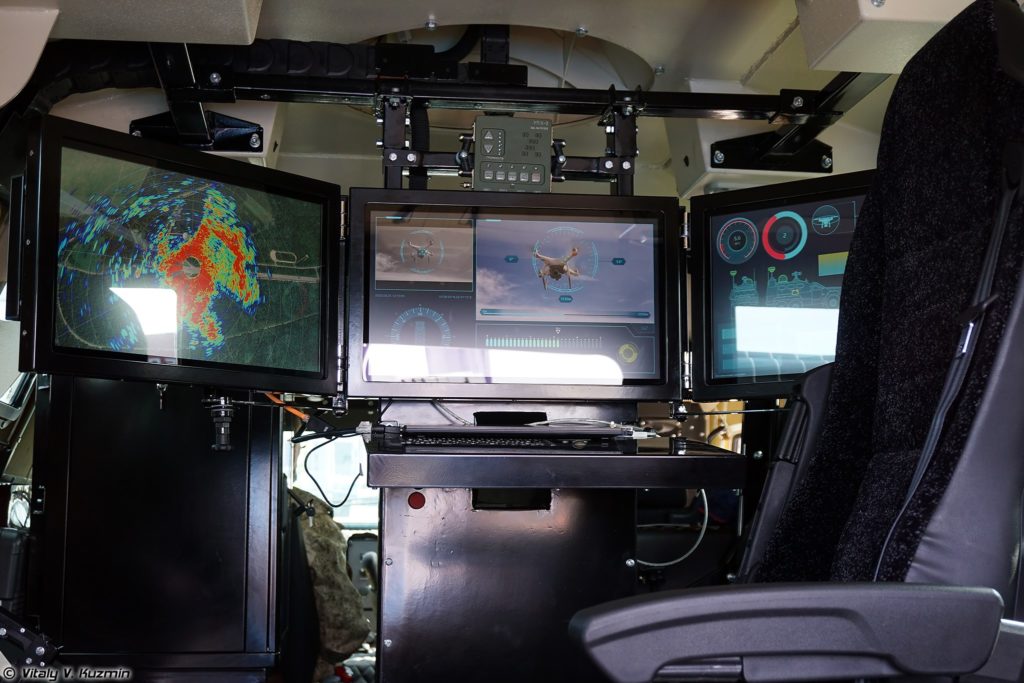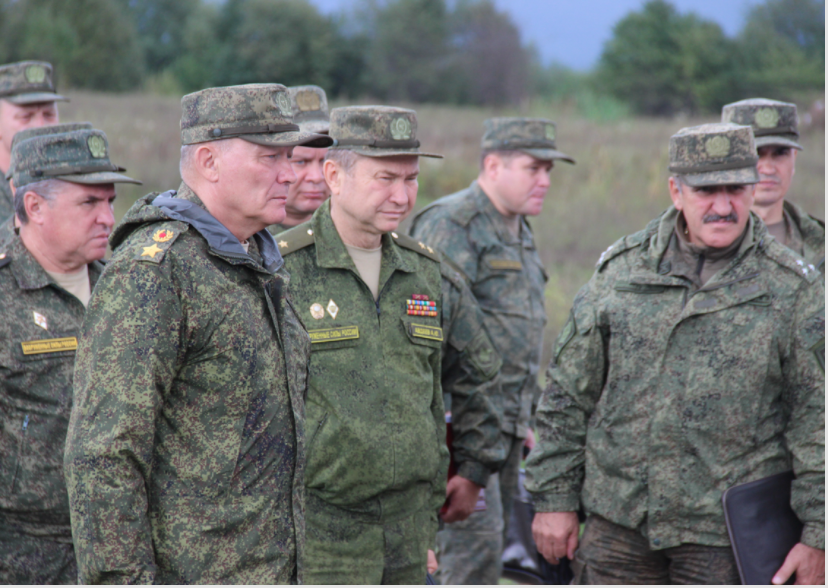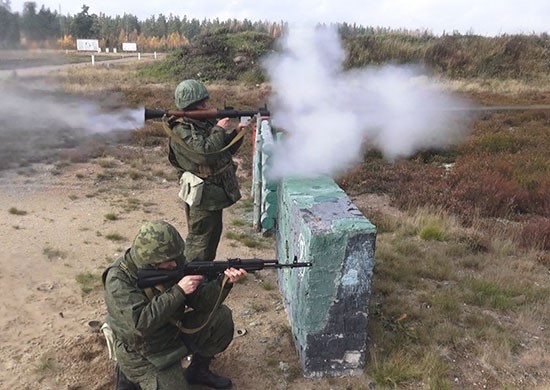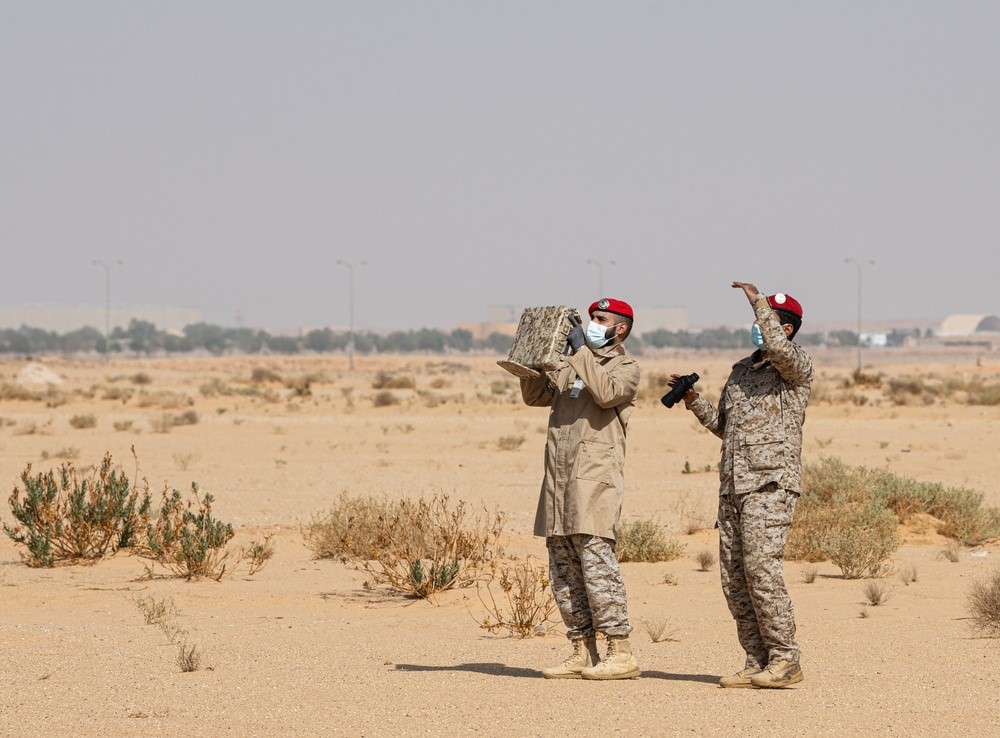General Dvornikov inspecting BARS servicemen.
Reservists in training.
“The military organization is making every effort to eliminate the possible consequences of a hybrid war against the Russian Federation and at the same time lacks human resources. One of the measures preventing attempts to disorganize the rear in a possible military conflict with geopolitical opponents of Russia is the creation of territorial defense troops.”
The accompanying excerpted articles from Vologda Oblastprovincial newspaper Krasnaya Sever and Leningrad Oblast-basedonline news site 47 News discuss the operation of Russia’s new reserve system known as the Special Army Combat Reserve (BARS) in some sources, and as the National Army Combat Reserve (BARS) in others. According to Krasnaya Sever, reservists participating in this program will perform up to eight 3-day training assemblies and a 30-day exercise annually. The article goes on to explain how the BARS will select, train, and compensate reservists. The article from 47 News is notable as it mentions that BARS is not unique to the Southern Military District, as first reported, but can now be found in at least one other military district. This suggests that that BARS may, or has already, become a national program, and not just an experiment in the Southern Military District.
The accompanying excerpted articles from Krasnodar regional newspaper Golos Pravdy and Russianmilitary and defense industry weekly Voyenno-Promyshlennyy Kuryer discuss personnel issues with BARS. Golos Pravdy notes that the Krasnoarmeyskiy Rayon has only been able to fill 15 of its 424 reserve billets. Valeriy Poludnitsin of the local military commissariat sums up the BARS recruiting effort as: “Unfortunately and despite all our efforts, the numbers wishing to sign up are small.” Voyenno-Promyshlennyy Kuryer suggests developing a special program for university students and another for personnel working in private military companies as potential ways of increasing participation in BARS.
Source:
Olga Burchevskaya: “А ты записался резервистом?! (Did You Sign Up to Be a Reservist?!),” Krasnaya Sever (provincial newspaper of Vologda Oblast), 27 October 2021. https://www.krassever.ru/article/a-ty-zapisalsya-rezervistom
…It was earlier, in Soviet times, that everyone in succession was called up into the “partisans”: reserve officers and men traveled to military reservist active-duty training at least once in their lives. Everything changed in the new millennium: now a limited number of citizens are trained in case of enemy attacks according to the principle of “better less, but better.”
The Russian Federation Presidential Edict establishing a human mobilization reserve came out in 2015. Initially a number of regions tried it out by assembling small subunits. This year it also came the turn of our Oblast: in August military commissariats were assigned the mission of manning an expanded battalion of reservists (around 500 persons). Then in September around 100 men signed a contract and set off for three-day training in Karelia…
Not just anybody will be taken as a reservist, they caution in the oblast military commissariat. According to the statute, this must be a person who has performed conscripted or contract service in the Army and who has a specific military specialty (tanker, motorized rifleman, specialist in servicing equipment and arms). The age for privates, NCOs, and warrant officers is up to 42 (greater for officers). Health also is assessed: those registered in health centers (drug rehabilitation, tuberculosis, psychoneurological) will not be accepted in the mobilization reserve, as well as persons with disabilities. In addition, citizens will be refused have a criminal record.
“The important thing is the desire of the person himself to become a reservist, we rely on him above all. Then there is screening and selection: a special board confirms the candidate. After that he signs a contract to be in the reserve: the minimum term of the first one is three years, and after that it can be even less,” KS was told by Lieutenant Colonel Daniil Bugayev, of the Second Department of the Vologodskaya Oblast Commissariat. “There are eight training sessions with a reservist annually (each for three training days a month), as well as reservist active-duty training (30 days once a year). That said, an agrarian, for example, will not be called up for training during the harvest; he will be invited when it will be more convenient for him, in the off-season, let’s say, and river transport workers are not put in action during navigation [season].”
A military uniform, three meals a day “like home” (prepared by civilian cooks), and medical services (what if there is a sudden toothache?) — all this is free at state expense. Average wages and jobs are kept for reservists, plus they are authorized payments along the Defense Ministry line. Even if they are not called up for three-day training sessions, privates and NCOs will receive from R1,800 to R3,200 under the contract. They will be paid from R3,000 to R5,200 for attending such training sessions, and from R18,000 to R31,000 (officers up to R45,000) for month-long reservist active-duty training. Pay and allowances depend on a reservist’s rank and position (plus the area coefficient for Karelia).
Source: “БАРС соберёт на Северо-Западе несколько тысяч резервистов — их готовят для войск территориальной обороны (BARS [Special Army Combat Reserve] Will Assemble Several Thousand Reservists in the Northwest — They Are Being Trained for the Territorial Defense Troops),” 47 News(online news site focusing on the Leningrad Oblast), 17 November 2021. https://47news.ru/articles/203180/
The second intake of the second phase of reservist active-duty training of subunits of the Special Army Combat Reserve (BARS) begins on 22 November in regions where Western Military District troops are stationed.
The Western Military District Press Service informed 47news that plans are to draw several thousand reservists to reservist active-duty training as part of separate subunits formed on the basis of Western Military District military units.
Based on results of reservist active-duty training, citizens who have taken the full combined-arms training course will enter subunits of the territorial defense troops.
During reservist active-duty training, reservists will go through training and improvement of qualification for providing security and defense of strategically important facilities as well as for employing modern arms and military equipment…
Source: “В Красноармейском районе мобилзировано всего 3.5% запасников
(Krasnoarmeyskiy Rayon Mobilizes Just 3.5 Percent of Reservists),” Golos Pravdy (newspaper of the Krasnodar region), 16 November 2021. https://golos-pravda.ru/news/obshhestvo/76981-v-krasnoarmejskom-rajone-mobilzirovano-vsego-3-5-zapasnikov/
Reservists are being mobilized in line with Edict of the President of the Russian Federation Number 370 of 17 July 2015 “On the creation of a mobilization personnel reserve of the Russian Federation Armed Forces.” The rayon military commissariat reports that according to the plan for this year, 33 officers and 391 private soldiers and NCOs from our rayon should be sent to undergo reservist military training. But to date only 15 people have signed a contract to serve in the reserve.
The acting chief of the mobilization resources planning, assignment, training, and registration section, Valeriy Poludnitsin, said that the commissariat has been campaigning hard among the 1,500 reservists who are liable for military service. “Unfortunately and despite all our efforts, the numbers wishing to sign up are small,” he commented. In his view this is due to fear of losing one’s job although the contract makes it possible to maintain it during military drills and assemblies, during which the Defense Ministry reimburses the reservist’s average wage to the employer…And along with everything else, when reservists are called up to assemblies and drills their employers are reimbursed their salary costs. Unemployed individuals receive the minimum wage and also the cost of travel and expenses from home to the military commissariat and back. If necessary, the cost of renting accommodation is paid…
Contracts to serve in the mobilization reserve are signed with warrant officers, sergeants, and soldiers up to the age of 42. With junior officers up to 47 years of age, and also with senior officers apart from colonels up to 52 years, and with colonels up to 57 years, for a minimum period of three years.
Source: Grigoriy Nokonorov and Igor Rodionov, “Служба возле дома: Из кого формировать подразделения территориальной обороны (Service Close to Home: Who to Form Subunits of Territorial Defense Troops?),” Voyenno-Promyshlennyy Kuryer (Russian weekly newspaper focusing on the military and defense industry), 26 October 2021. https://vpk-news.ru/articles/64394
…The military organization is making every effort to eliminate the possible consequences of a hybrid war against the Russian Federation and at the same time lacks human resources. One of the measures preventing attempts to disorganize the rear in a possible military conflict with geopolitical opponents of Russia is the creation of territorial defense troops…
Time has shown that deployment of territorial defense troops (and such events reflect difficulties of the future mobilization) is fraught with significant problems that have to be addressed. The first one is changes in the forms of ownership in the country — increase in the share of the private sector, which entails the reluctance of owners to release employees to participate in annual musters, envisaged for reservists…The second problem is related to the demographic situation in the regions where it is planned to assemble forces and means of territorial defense, which mainly involve reservists. Not all regions are able to form the same number of units of territorial defense due to circumstances…The third problem is to increase the efficiency of the acquisition and harmonization of such units. It can be solved through the creation of military commissariats (or units that form the basis of territorial defense troops) in staffs, of a permanent organization core (unit commander and his deputies) directly involved in the selection of personnel, conscription, and coordination of reservists…
In the context of a difficult demographic situation in Russia, the main problem of manning the reserve service is about personnel. How to make the transition from patriotic education at the level of sports, exhibition volunteering, and participation in flash mobs to the practical formation of a youth’s readiness to show their patriotic qualities in more serious situations? It seems reasonable to address male students from higher education institutions who have reached the age of majority. Currently, more than 4 million people are receiving higher education in the country in 213 nonstate (400,000 students) and 497 state universities (3.6 million people). Students at state universities, both in terms of their number and age, are the most active and controlled force that can either be directed into a destructive direction or involved in the fulfillment of defense tasks…Considering that half of the students in public universities are women and another third of the remaining men are exempt from military service, the remaining number of students who have expressed a desire to serve in the reserve can be considered a resource for recruitment into territorial defense troops. By amending the existing legislation, a mechanism can be envisaged to allow for compulsory service during the first three years of studies through annual mandatory musters, and then conclude a contract for service in the reserve, including in the territorial defense forces…In order to spark interest in service (including in the reserve) among students of draft age, it is possible to envisage mechanisms to reduce tuition fees (for those who study on a paid basis)…
Numerous private security companies, whose employees usually have appropriate health clearance and the right to carry weapons, may also be considered a potential reserve for manning territorial defense troops by allowing their employees to serve in the reserve…It is also possible to envisage the possibility of manning territorial defense troops with reservists from Cossack organizations and with members of military-patriotic clubs that satisfy the set requirements… The country is facing a lack of volunteers and reservists. Taking into account the evolving military-political situation and historical traditions, the country needs volunteers who, if necessary, can defend themselves and the country with weapons in their hands.
Image Information:
Image: General Dvornikov inspecting BARS servicemen.
Source: Russian Ministry of Defense, https://tinyurl.com/2mvuschv
Attribution: CC BY 4.0
Image: Reservists in training.
Source: Russian Ministry of Defense, https://function.mil.ru/images/upload/2019/rezerv_550.jpg
Attribution: CC BY 4.0
